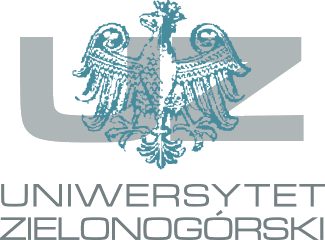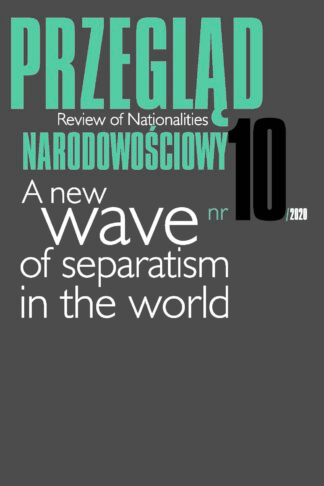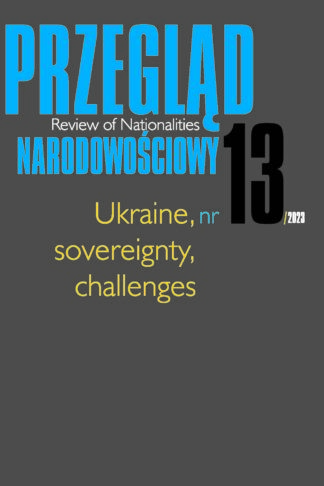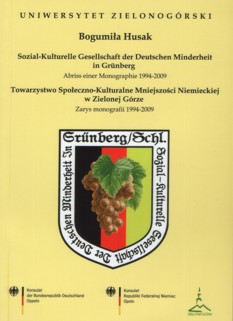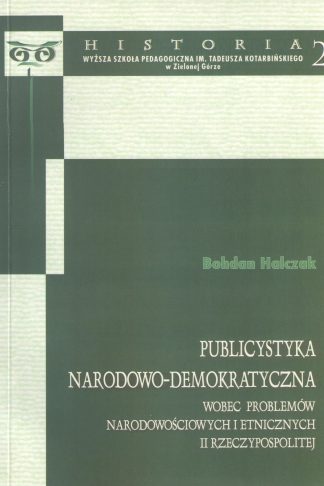Opis
In the context of digitalization of society, social movements seek to thrust themselves to the fore in regard to public opinion. Although they have always been a subject of interest
for researchers within the realm of political communication (Gitlin, 1980; Gamson,
1992; Gamson, Meyer, 1999), different aspects help us to comprehend their value
today. New social movements originate due to a combination of factors that arise in many societies throughout the world: the use of strong identities, lack of representation of their interests through traditional forms of political participation, and the use of new technologies (Jove, 2010). Most new social movements present a decentralized structure,
lack hierarchical leadership and are capable of integrating many different political initiatives and factions (Pérez-Latre, Jove, 2011). In this context, the digital media provide
a perfect platform for strengthening identities, boosting participation, and facilitating
worldwide connections (Kahn, Kellner, 2004).
Based on these premises, social movements require a series of symbolic contents that help to hold them together and mobilize participation, and framing has become an essential
and strategic tool in this respect (Sádaba, 2004). We can observe ongoing development
regarding the faculties that framing theory provides in terms of collective mobilization,
enabling social groups to define social reality, and achieve their goals. Frames have become a mobilizing instrument, serving as a source of legitimization and coherent
structures for social mobilization.
[frg. tekstu]
